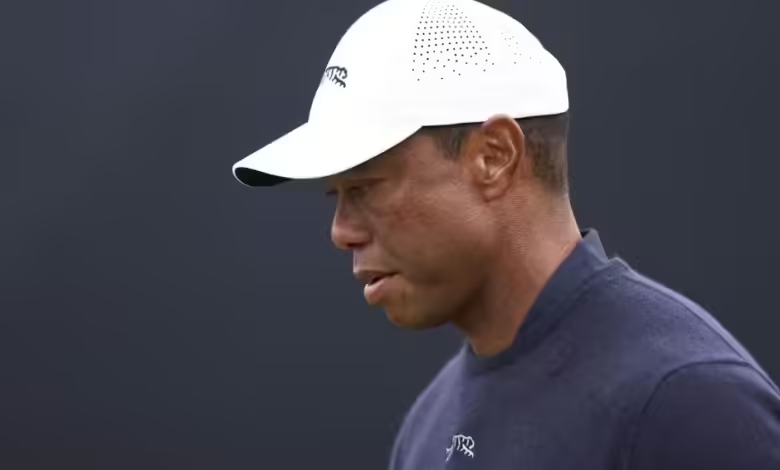Tiger Woods lost his cool over Augusta National painting and took artist to court

In a surprising turn of events, golf legend Tiger Woods has taken legal action against a painter whose depiction of Augusta National Golf Club has ignited a firestorm of controversy. The painting, which features a bold interpretation of the iconic course, has drawn mixed reactions from the art community and fans alike, but it was Woods’ public outrage that has thrust the issue into the spotlight. The golfer alleges that the artist’s portrayal misrepresents the essence of the course, which holds deep personal significance for him.
Woods, who has famously dominated the greens at Augusta National, expressed his discontent at a recent press conference. “This painting does not capture the spirit of what Augusta represents, not just for me, but for the game of golf as a whole,” he stated. “It’s vital that the artistry associated with such a historic venue honors its legacy, and I believe this piece falls short.” The painting, characterized by its vibrant colors and abstract elements, has been met with criticism for straying too far from the traditional representations of the course.
The lawsuit, filed in a Georgia court, claims that the artist’s work infringes on Woods’ rights as a prominent figure associated with Augusta. Legal experts suggest that this case could set a precedent regarding the intersection of art and celebrity, particularly in how public figures engage with artistic representations of their likeness or associated venues. The artist, meanwhile, has defended the piece as a personal expression and has expressed disappointment at Woods’ reaction, asserting that art should be open to interpretation.
As the legal battle unfolds, both sides are preparing for what could be a lengthy court process. Supporters of Woods have rallied behind him, emphasizing the importance of preserving the integrity of cherished sports landmarks. Meanwhile, art advocates argue for the freedom of creative expression, asserting that art often thrives on controversy. The outcome of this case could have lasting implications for how artists represent iconic sports figures and venues in the future.



